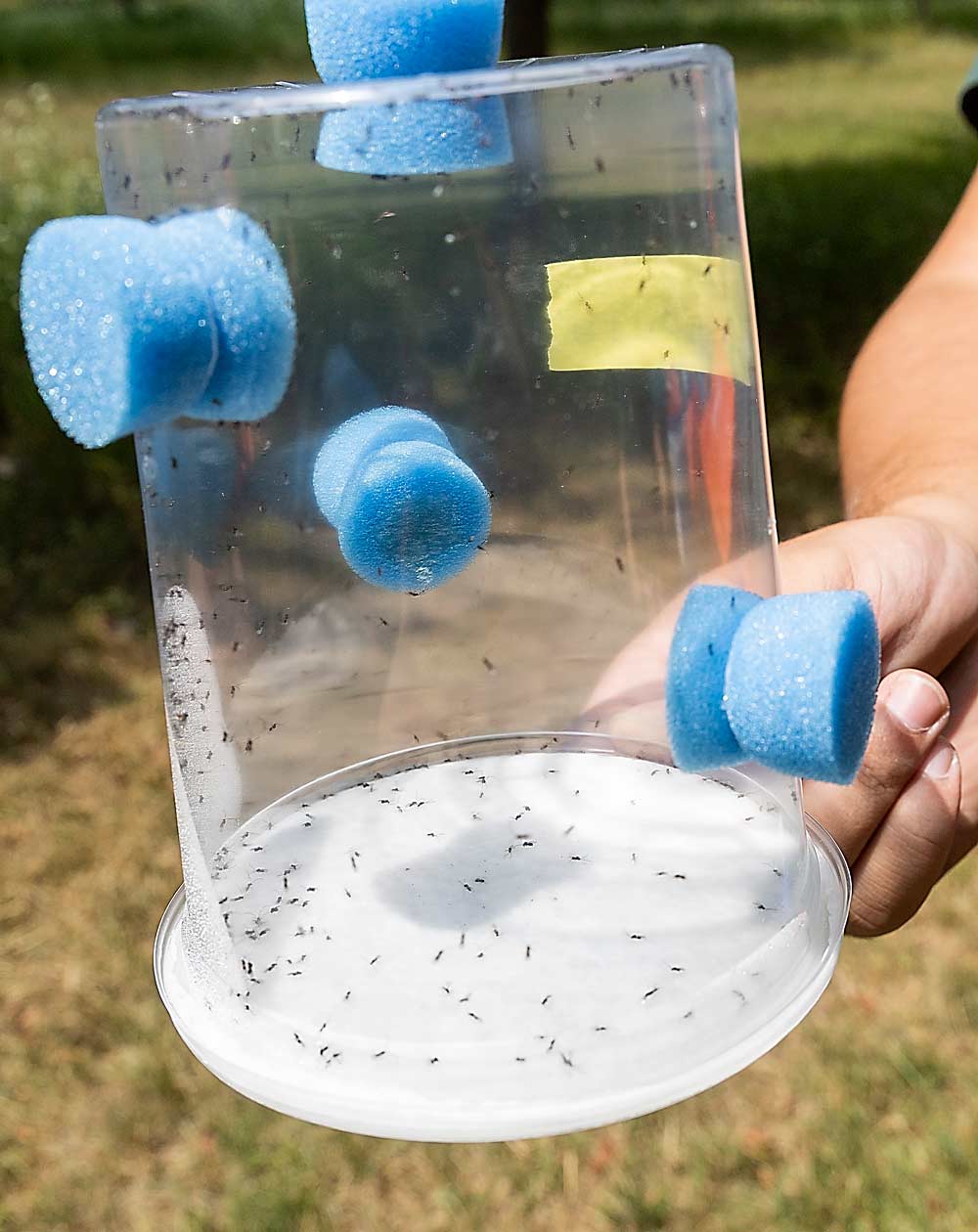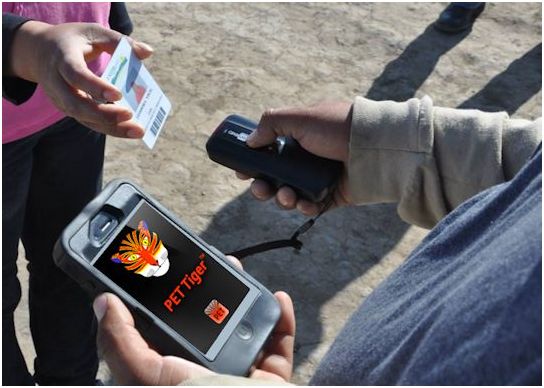Biological control of the invasive fruit fly Drosophila suzukii (SWD) is gaining ground in the United States through the introduction of two wasps, Ganaspis brasiliensis (known as the samba wasp) and Leptopilina japonica (known as the ronin wasp). These wasps, which evolved in Asia alongside the SWD, have been approved for rearing and managed release by entomologists to counter the spread of the fruit fly.
Entomologists at Michigan State University (MSU) initiated a project in 2023, releasing 39,000 samba wasps in 30 fruit sites in Michigan. The wasps were recovered at least in five sites, demonstrating their survival capability and successful ability to attack SWD larvae. This outcome was enthusiastically welcomed by experts as it represents the first evidence of wasps' victory in the SWD lifecycle.
Professor Rufus Isaacs from MSU emphasized the significance of this success, highlighting that samba wasps managed to surpass the lifecycle and attack SWD, marking significant progress. Dr. Andrew Jones, a graduate student of Professor Julianna Wilson, studied the samba wasps' ability to survive Michigan winters, yielding promising results.
The research and government approval process for releasing the wasps was lengthy, but evidence indicates that the wasps are up to the task. Although less than half of the wasps survived the first winter, this is considered a positive sign.
The research also involved Professor Kent Daane from the University of California, Berkeley, who contributed to identifying samba and ronin wasps as potential effective parasitoids. The wasps have been found in nature in various regions of the United States and Canada.
While some researchers express caution about the current impact on SWD populations, there is confidence that over time, the effectiveness of wasps in controlling the fruit fly will increase. Ongoing monitoring and future releases of ronin wasps could significantly reduce SWD pressure at the beginning of the season in US fruit-growing regions.
 Samba wasps in a container before release
Samba wasps in a container before release
Read the full article: Good Fruit Growers
Images: Good Fruit Growers
Cherry Times - All rights reserved













